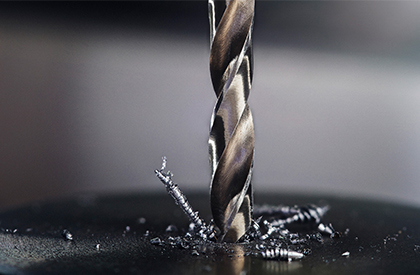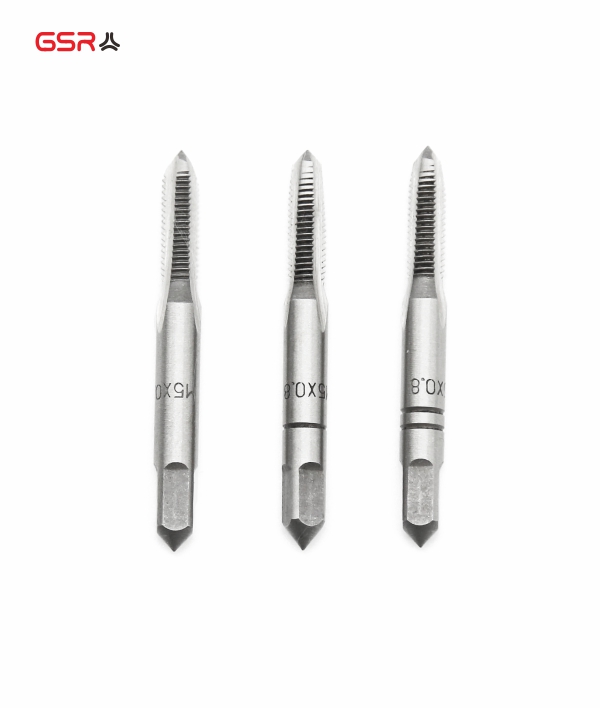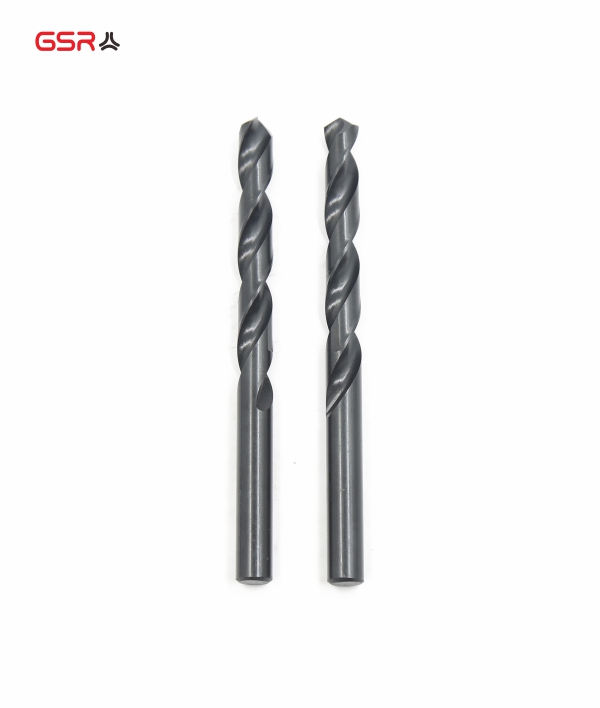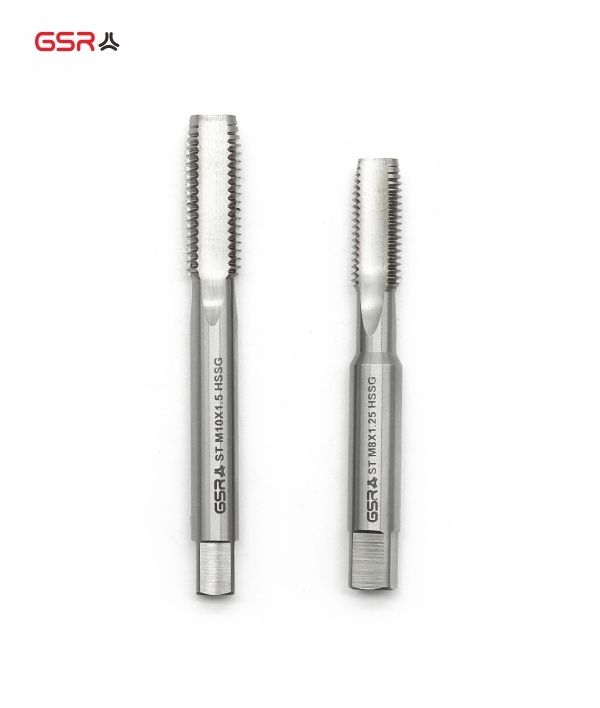What tool is used to cut internal threads?
Taps are mainly used for precise cutting of internal threads. GSR taps include hand taps, machine taps, as well as professional taps and tap kits. We supply all kinds of high quality thread tools.
How to cut internal threads?
1.Drill core hole (twist drill)
First, you need to drill a core hole with the twist drill. Make sure to use a center punch to mark the hole first to prevent the drill from going off track. Here is a drilling tip, low speed and high feed (soft materials) or low speed and low feed (hard materials). For hard materials (such as stainless steel), the tap diameter can be increased by 0.05-0.1mm to reduce the tap load. If you use this twist drill frequently, you should remove the chips regularly to prevent the drill from getting stuck. Check with a caliper or plug gauge, as a small hole diameter can cause the tap to break.For hard materials (such as stainless steel), the tap diameter can be increased by 0.05-0.1mm to reduce the tap load.
2. Countersink core hole (countersink)
Use a 90° or 120° countersunk drill, the depth is ≈ 0.5-1 times the pitch, and the chamfer diameter is slightly larger than the major diameter of the thread (for example: M6 thread chamfer to Φ6.5mm).
3. Cut internal thread (hand tap/machine tap)
Manual tapping: tap in stages (tapered tap → flat tap). Keep vertical and break chips after every 1-2 turns.
Machine tapping: Use a floating tapping chuck (to compensate for axial deviation).
Realated Articles:
Analysis Summary of 9 Major Problems of Tap Fracture
Classification and Characteristics of Taps
How To Identify the Pros and Cons of Taps
Uses of Internal Threading Tools
1.Cutting Internal Threads on Workpieces
Internal threading tools are used to cut internal threads on workpieces made from ferrous and non-ferrous metals, such as nuts, pipes, bushings, castings, and forgings.
2.Cutting Standard Thread Types
Internal thread cutting tool can cut various standard thread types, including metric, imperial, and trapezoidal threads.
3.Pre-processing Requirements
Before cutting internal threads, it is essential to machine the root diameter of the thread.
Providing a chamfer on the internal diameter before threading is important. The chamfer allows the threading tool to smoothly enter the area after completing the desired thread length, without causing issues when returning to the starting point.
4.Cutting Process
Thread cutting is always done in multiple passes, with each pass having a cutting depth of approximately 0.1 mm (0.004 inches) to reduce the load on the lathe. This ensures that both cutting edges work simultaneously, extending tool life and producing threads that meet measurement standards.
The tool overhang is a major factor that causes vibration, poor cutting conditions, and poor thread shape. Minimizing tool overhang improves thread quality.
5.Machine Requirements
Thread pitch can range from 0.5 mm to 5.0 mm. Traditional lathes typically run at lower speeds for threading operations. However, CNC lathes can operate at higher speeds since the tool return is preset and controlled on the machine.
6.Safety Considerations
When performing internal thread cutting, it's important to avoid over-running the thread cutting tools, as this can lead to significant accidents and damage both the tools and the machines.
All Thread Cutting Tools: Multi-Function Tools for Thread Creation
All thread cutting tools are versatile tools capable of cutting both internal and external threads. These tools are perfect for shops that need flexibility, allowing them to quickly switch between different threading operations without changing tools. Whether you are producing bolts, nuts, or other threaded components, all thread cutting tools streamline the process and minimize downtime.
These tools often come with interchangeable inserts, which allow for quick replacement and adjustment of cutting edges. With advancements in cutting technology, modern all thread cutting tools are designed to handle a wide variety of materials, from soft metals like brass to tougher alloys like titanium.
Selecting the Right Threading Tool for Your Needs
Choosing the right threading tool can greatly impact the outcome of your project. Consider the following factors when selecting internal threading tools, internal thread cutting tools, or internal thread turning tools:
Material Type: The material of the workpiece plays a crucial role in selecting the appropriate tool. Harder materials like titanium or Inconel require more robust tools such as carbide inserts.
Thread Size and Pitch: Ensure the tool you choose matches the required thread size and pitch for the project. Tapping tools, for example, are ideal for creating fine threads, while turning tools are better for coarser threads.
Cutting Speed: The cutting speed at which you operate your tool will affect tool life and finish quality. Tools with coatings like TiN or TiAlN can withstand higher cutting speeds and improve tool life.
Machine Compatibility: Verify that the threading tool you choose is compatible with your machine. CNC machines, manual lathes, and milling machines all have different requirements.
Read More















